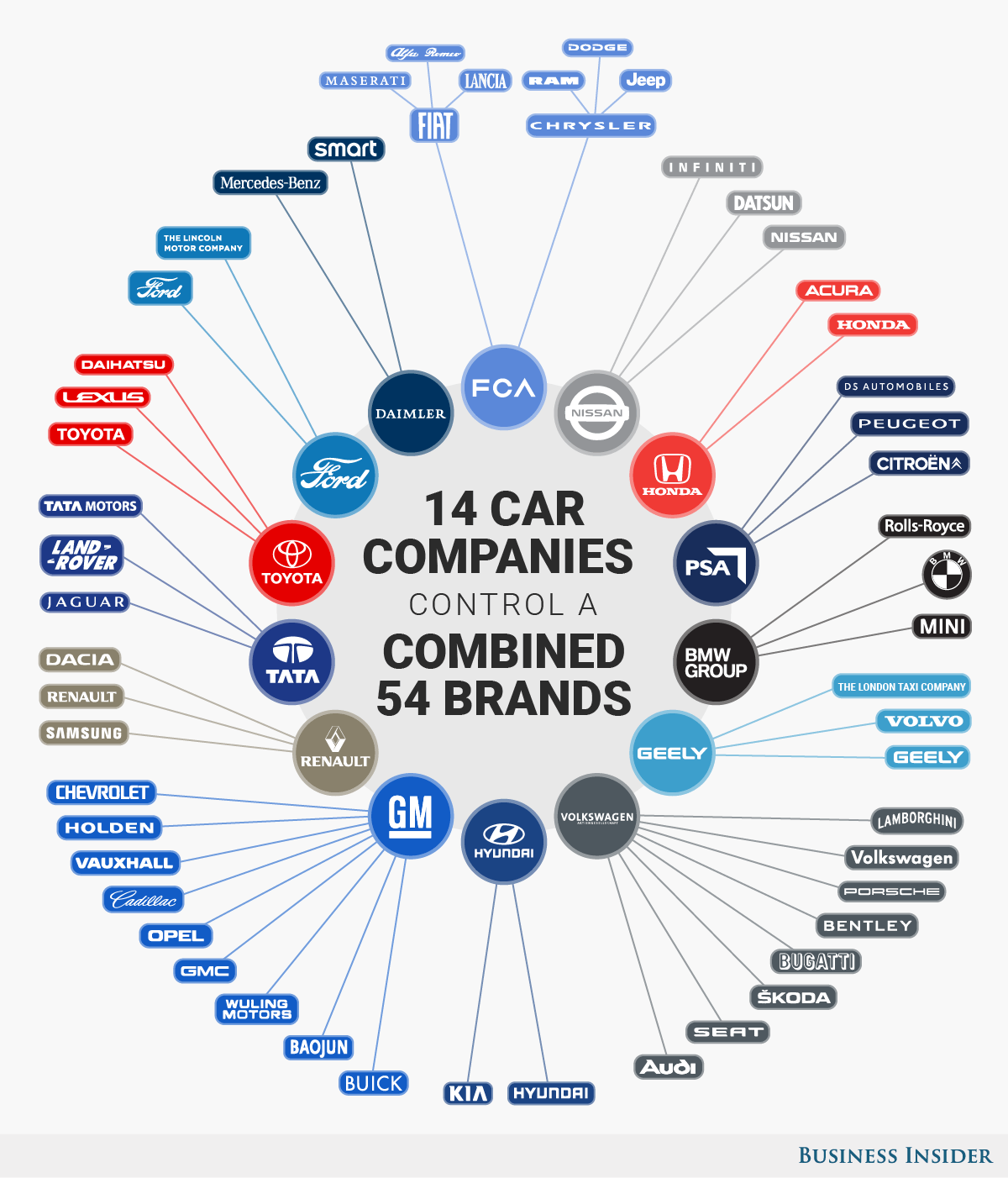Published August 8, 2011, Los Angeles Daily Journal – The automobile dealer network is one of the oldest and most established franchise systems in our nation’s history, dating back to the dawn of the 20th century when businessmen with a pioneering spirit saw a future that others did not. Through the use of the sprawling dealer network, local entrepreneurs like Louis Chevrolet and Henry Ford became captains of industry, building larger-than-life empires that would forever change the world.
With this, the fortunes of manufacturers and dealers became forever intertwined, as one would not exist without the other, and the demise of one would have a lasting impact on the future of the other. Yet, while their existence is co-dependent, the risk is not necessarily equal. With a manufacturer’s risk being diversified over hundreds, if not thousands of individual dealerships, automakers are insulated from the business failures of single point stores. However, the inverse is not necessarily true: The fall of a brand will frequently result in the single point dealer’s certain death.
With so much uncertainty in the marketplace of late, brand strength and manufacturer viability is a worrisome topic for nearly every dealer. The past 15 years have seen the demise of Oldsmobile, Hummer, Saturn, Pontiac, Plymouth, and now Mercury – and the list may not yet be complete. Students of recent history will recall GM executive Bob Lutz infamously referring to Pontiac and Buick as “damaged brands” – a statement that preceded Pontiac’s shutdown, ending its 84-year history. Buick survived the cut, but is on its fifth tagline in twice as many years, demonstrating anything but stability and suggesting that the story may yet be unfinished.
This discussion is all too real for dealers of marginal brands, such as Lincoln dealers who were recently told by Ford that they had to invest $1 million in their dealership facilities or face termination. With Mercury now on its way out, Ford (who owns Mercury and Lincoln) has announced its renewed interest in the Lincoln brand, and it is now demanding that its dealers make substantial facility improvements to support the cause. This, Ford claims, will help the brand compete against the likes of BMW and Mercedes.
The challenge for the dealers is that Lincoln sales may not be sufficient to support the increased investment. Just how off is the brand? According to Automotive News, BMW sells about 290,000 vehicles in the United States annually, Mercedes is at 240,000, and Lincoln trails dramatically at 51,000.
Even more concerning is that there is no certainty that Ford won’t later decide to shutter Lincoln after all. It was just a few short years ago that Ford announced its renewed enthusiasm for the Mercury brand, calling it a “niche marque” that would “put stylish design within the reach of the middle-class sophisticates.”
Believing that they would be supported by the Mercury brand, many dealers recently agreed to build new facilities at staggering costs. Renee Chirico spent $7.7 million on his new Lincoln-Mercury facility in Clifton, New Jersey, and Pete Adcock invested $5.5 million on his dealership expansion in Frederick, Maryland – only to find out that Ford would later abandon its interest in the Mercury brand in 2009.
Ford has offered the terminated Mercury dealers compensation for the loss of their investment, the amount of which varies depending on the dollars invested. Renee Chirico, who invested $7.7 million in his new facility, was offered $733,575; and Pete Adcock, who spent $5.5 million on his dealership expansion, was offered $181,026. Many dealers have rejected Ford’s offers and elected instead to pursue civil lawsuits or administrative hearings before their state’s motor vehicle departments.
So, what does the Lincoln dealer do who is presented with the $1 million Hobson’s choice? Interestingly, it is not altogether clear that the automaker has the authority to even make such a demand – at least in the state of California, which just may be home to more Lincoln stores than any other state.
California Vehicle Code Section 11713.3 makes it unlawful for any manufacturer to terminate, or refuse to renew, a franchised dealership without demonstrating “good cause” under Vehicle Code Sections 3060 and 3070. Sections 3060 and 3070 define good cause as the amount of business transacted by the dealer, the permanency of the investment, whether the dealer is rendering adequate services to the public, and the like. Importantly, refusing to comply with the manufacturer’s demand to build a $1 million facility does not constitute “good cause,” such that an otherwise performing dealer could be terminated.
So, what leverage does Ford have over the dealer who refuses to invest? Truly not much – which raises the question of why the manufacturer would make such a demand, and whether the act of making the demand under the threat of termination is itself unlawful.
The analysis undertaken by the subject dealers should be whether, in this economic climate, a further investment into their dealership facility would enable them to sell more cars, and have an ultimate economic gain. If the answer is yes, then it is most certainly the correct decision. But, if the reason for making the investment is anything other, that decision may be one that needs to be seriously reconsidered.
